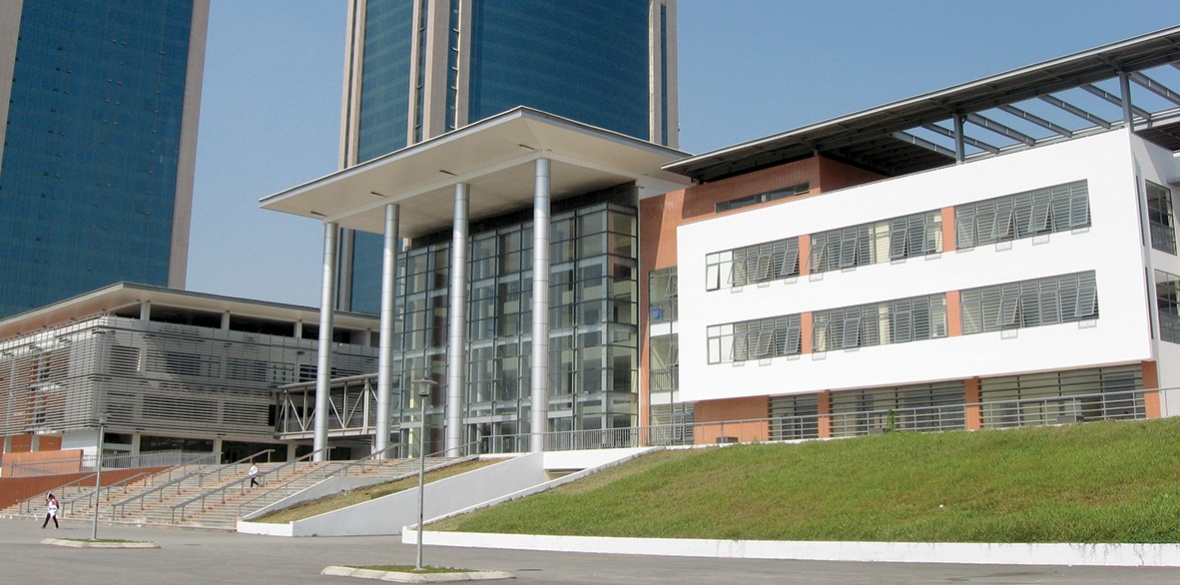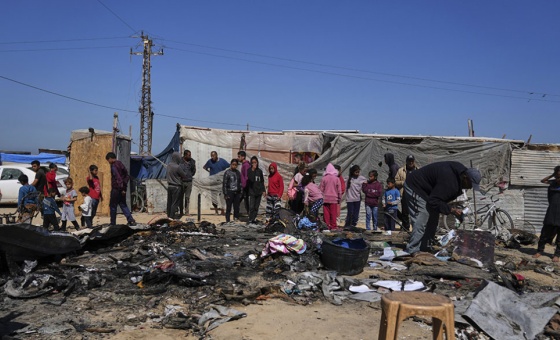This is the last article you can read this month
You can read more article this month
You can read more articles this month
Sorry your limit is up for this month
Reset on:
Please help support the Morning Star by subscribing here
WE can still see a blight of problems effecting the British education system; the lack of access to special educational needs and disabilities (SEND) support, the impact of poverty and an ever-worsening recruitment and retention crisis.
It is vital therefore that we seek to examine, and apply lessons from, progressive forms of education from across the globe like the Vietnamese education system, if we are to forge an education system ready to tackle the challenges facing us.
Education before independence
Education in Vietnam — before its westernisation under the French empire — was a developed system of education built around the ancient Chinese model based on the ideologies of Confucian philosophy to enable students to understand and remain loyal to the feudal system.
It incorporated both private and public schools. Private schools within this period of Vietnamese history were established in villages and towns across the country by teachers and local politicians to provide a basic level of education to the masses.
Public schools were there solely to provide education to the offspring of the ruling class: local officials and courtiers, to meet the needs of the royal court.
This traditional form of education was completely overhauled throughout the period of French colonial rule which started in 1887. The regime would seek to remove any Chinese influences upon education and replace it instead with contemporary French schooling through the creation of two-tiers of education.
The first were French Schools reserved solely for the children of the ruling class designed to enable students to receive an education comparative to that of high school in France, enabling them to study at university level.
The second tier provided education to the Vietnamese working and peasant classes but although supposedly available to majority of the population it was in fact limited for the majority of students to, at most, a middle school level of education, with many students not gaining any education at all.
Education after independence
The first genuine attempts at pursuing mass education in Vietnam emerged through the leadership of Ho Chi Minh within the Democratic Republic of Vietnam (DRV) following the defeat of Japan in WWII.
Ho Chi Minh when discussing the key problems facing the newly founded republic argued that the fundamental tasks of the DRV were “to defeat foreign aggression, to defeat famine, to defeat ignorance.”
He placed education at the heart of these fundamental tasks understanding that while a country remains underdeveloped and uneducated it would fall prey to imperialist greed.
Within weeks of the foundation of the DRV, Ho Chi Minh formed an official anti-illiteracy department which sought to build upon the work of a mass organisation in the 1930s known as the Association for the Propagation of the Vietnamese Language which had developed an innovative pedagogical method by using poetic methods to aid in teaching the Vietnamese language to adults with little prior education.
This mass education campaign prior to the outbreak of the anti-French resistance war in 1946 succeeded in organising 74,957 classes, in which 95,665 teachers took 2,520,678 students out of illiteracy.
It did so through the use of volunteer-organised classrooms, led largely by education workers and students, organised at night to ensure that all strata of Vietnamese society could access education for the first time.
Throughout the anti-French resistance war, the DRV would continue to organise literacy classes within the “free areas” of the North as “a vital cog in the resistance” through the support of the Ho Chi Minh Youth Union and the Viet-Minh front.
These activities were undertaken through strict adherence to the principles that “schools should be connected with life and production” including lessons on bomb drills and recognition of what unexploded weaponry looked like to keep children safe from weapons.
These choices enabled a further democratisation of education by teaching approximately 7.5 million students, leading to 10 million being considered literate by the end of 1954.
The prioritisation, by the government of the DRV, of these activities was seen as a fundamental task for those looking to build socialism within their country and forge a generation of “new men” through raising the cultural level of the population.
Ho Chi Minh himself sought to highlight the power of education in lifting the population out of pre-revolutionary practices marked by feudal legacies: “a higher cultural level for the people will help us strengthen the task of resuscitating the economy, developing democracy. The elevation of the people’s cultural level is an essential task in the construction of a nation that will be peaceful, united, free, democratic and wealthy.”
Education in the time of peace
Following the reunification of Vietnam in 1976, the government of the Socialist Republic of Vietnam led by Le Duan would seek to broaden the work completed under previous governments to encompass a universal form of education centred around promoting a cultural revolution to enable a transformation for the whole country.
Le Duan’s government would seek to achieve this through the removal of any influences of the old education system in the south of Vietnam and the continuation of anti-illiteracy activities for people in the age group of 12-50 years-old across the entirety of Vietnam.
However, the economy of Vietnam would struggle largely as a result of the destruction caused by the US throughout the Vietnam war which led to 70 per cent of the Vietnamese living in poverty.
These economic struggles would lead to the implementation of a series of reforms which ultimately would enable the national poverty rate to fall to 5 per cent. The reforms would enable the Vietnamese government to provide more funding for schools and continue to allow for a broadening of access to education culminating in 16.5 million Vietnamese students being enrolled in both primary and secondary education by 2018.
Alongside this massive growth in access to education the leadership of Vietnam seeks to remove further barriers to allow access to high standards of education. This can be seen in the recent decision of the politburo of the Communist Party of Vietnam (CPV) to remove all school fees for students from kindergarten to high school to enable all students to access high quality education.
At the same time the government routinely commits to spending around 18 per cent of public expenditure in improving the quality of education through teacher training and targeted improvement of school facilities.
All of these reforms have contributed to the current successes of the Vietnamese education system has resulted in it being ranked 31st out 81 countries in the 2024 Programme for International Student Assessment (PISA) rankings for education conducted by the Organisation for Economic Co-operation and Development (OECD).
With Vietnam outscoring nations such as the US in mathematics, it is clear to see that the initial successes of education under the leadership of Ho Chi Minh were expanded and deepened through the leadership of Le Duan and subsequent general secretaries of the CPV to ensure that Vietnam ranks as one of the top performing nations in education.
It would be logical therefore for British educators, progressives, socialists and, trade unionists alike to seek to learn lessons from the Vietnamese education system due to its role in defeating illiteracy and, the work produced to transform Vietnam’s educational output that enables it to compete with nations in the global North despite its status as “developing nation” in the eyes of the UN.







